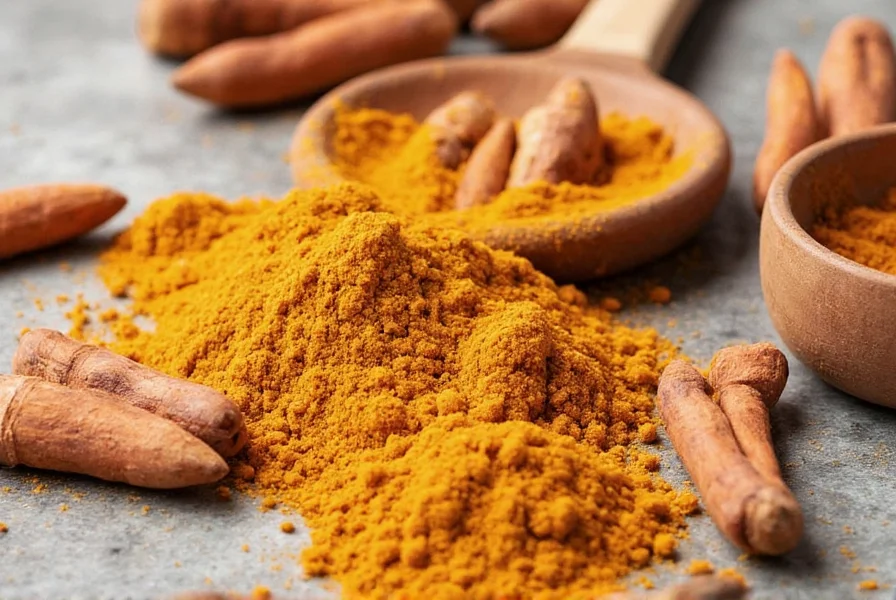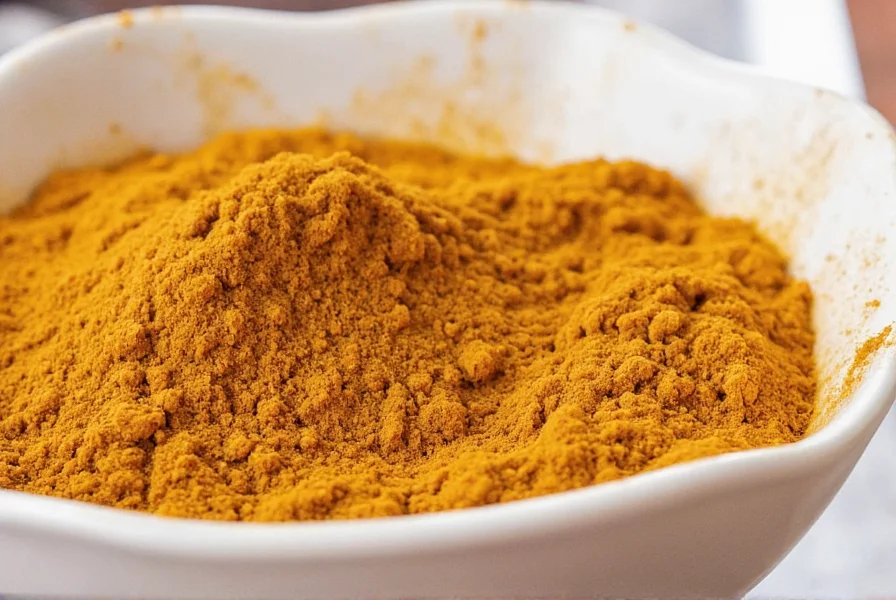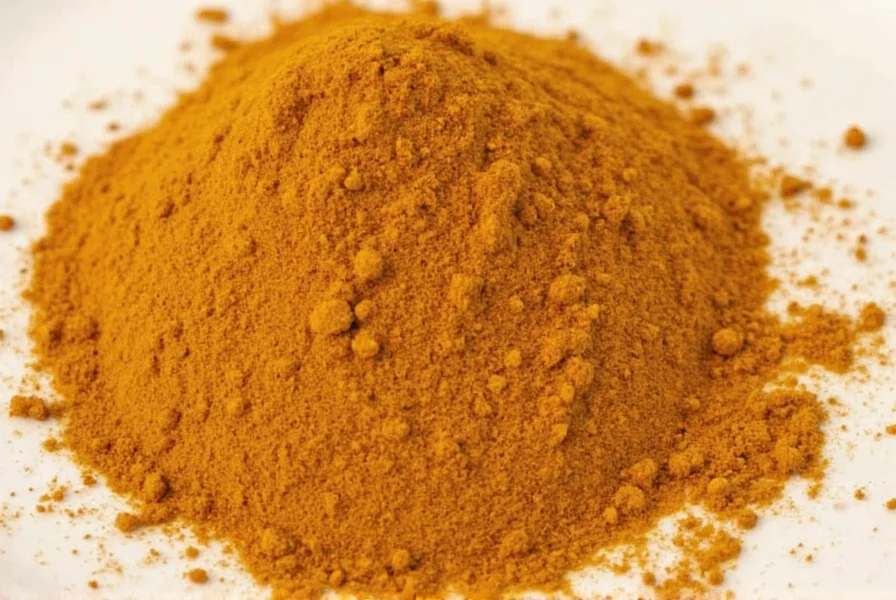Homemade curry powder offers superior flavor, freshness, and customization compared to store-bought versions. When you make curry powder from whole spices, you control the quality, freshness, and balance of flavors—essential for creating authentic-tasting curries that reflect your personal preferences. Commercial blends often contain fillers, preservatives, or inconsistent spice ratios that can compromise your dish's authenticity.
The Essential Homemade Curry Powder Recipe
Creating your own curry powder blend begins with selecting high-quality whole spices. The toasting process unlocks essential oils and complex flavor compounds that pre-ground spices simply can't match. Here's why making curry powder from scratch transforms your cooking:
| Spice | Quantity | Primary Flavor Contribution |
|---|---|---|
| Coriander seeds | 2 tablespoons | Citrusy, slightly sweet base note |
| Cumin seeds | 1 tablespoon | Earthy, warm foundation |
| Turmeric | 1 teaspoon | Earthy bitterness, vibrant color |
| Fenugreek seeds | 1 teaspoon | Slightly bitter, maple-like depth |
| Black peppercorns | 1 teaspoon | Sharp heat and complexity |
| Dried red chilies | 4 pieces | Controlled heat element |
Step-by-Step Preparation Process
To make authentic curry powder from spices, follow these professional techniques that maximize flavor development:
- Dry toast spices: Heat a dry skillet over medium-low heat. Add coriander, cumin, fenugreek, mustard seeds, peppercorns, cardamom, and chilies. Stir constantly for 2-3 minutes until fragrant but not burnt. Proper toasting develops complex flavor compounds through the Maillard reaction.
- Cool completely: Transfer toasted spices to a plate and let cool for 10 minutes. Grinding warm spices creates steam that can cause clumping and degrade volatile oils.
- Grind to consistency: Combine cooled spices with turmeric in a spice grinder. Process in short bursts until you achieve a fine, uniform powder. Over-grinding generates heat that diminishes flavor.
- Sift if necessary: For restaurant-quality results, sift the powder through a fine mesh strainer to remove any coarse particles.

Understanding Spice Roles in Curry Blends
Each component in your homemade curry powder serves a specific purpose in creating balanced flavor profiles. Knowing these roles allows you to customize blends for different dishes:
- Coriander: Provides the citrusy backbone that balances heat and richness—essential for authentic Indian curry powder recipes
- Cumin: Delivers earthy warmth that forms the foundation of most curry blends
- Turmeric: Contributes earthy bitterness and the characteristic golden color (use fresh for maximum curcumin content)
- Fenugreek: Adds subtle maple-like notes that deepen complex curry flavors when used in proper proportions
- Chilies: Control heat level—adjust quantity based on your preferred spice intensity for curry powder
Regional Variations for Custom Blends
Adapt your homemade curry powder recipe to match specific regional styles. These authentic variations demonstrate how small adjustments create dramatically different flavor profiles:
- South Indian Style: Increase fenugreek slightly and add 3-4 curry leaves during toasting for authentic regional flavor
- Thai-Inspired Blend: Incorporate 1/2 tsp ground lemongrass and 1/4 tsp galangal powder for Southeast Asian curry profiles
- Mild Family-Friendly Version: Reduce chilies to 1-2 and increase coriander to 3 tbsp for approachable homemade curry seasoning
- Restaurant-Style Heat: Add 1/2 tsp cayenne and 1/4 tsp asafoetida (hing) for professional-level depth and complexity
Proper Storage for Maximum Freshness
Homemade curry powder maintains optimal flavor for 3-4 months when stored correctly. Exposure to light, air, and moisture rapidly degrades volatile flavor compounds. Follow these storage guidelines:
- Use dark glass or opaque containers to protect from light degradation
- Ensure containers have airtight seals to prevent moisture absorption
- Store in a cool, dark cupboard away from heat sources like stoves
- Label with preparation date—discard after 4 months for best flavor
- Never store near strong-smelling foods as spices readily absorb odors

Troubleshooting Common Issues
Even experienced cooks encounter challenges when making curry powder from scratch. Here's how to address frequent problems:
- Bitter flavor: Usually from over-toasting spices. Start with lower heat and shorter toasting times—spices should smell fragrant, not burnt.
- Clumpy texture: Indicates moisture exposure. Ensure spices cool completely before grinding and store in airtight containers with silica packets.
- Weak flavor: Often results from stale base spices. Always use fresh whole spices purchased from high-turnover retailers for optimal homemade curry powder results.
- Inconsistent color: Turmeric quality varies significantly. For vibrant yellow curry powder, use premium turmeric and consider adding a pinch of saffron for professional results.
Using Your Homemade Curry Powder
For best results in cooking, bloom your homemade curry powder in hot oil before adding liquids—a technique called tadka that releases fat-soluble flavor compounds. Use 1-2 teaspoons per serving, adjusting to taste. Unlike commercial blends, your custom curry powder contains no fillers, so you'll need slightly less than store-bought versions.
When following recipes that call for curry powder, start with half the recommended amount, then adjust to taste. Freshly made curry powder has more intense flavor than pre-packaged versions that have lost volatile compounds during storage.
Frequently Asked Questions
Can I make curry powder without a spice grinder?
Yes, use a mortar and pestle for small batches. Toast spices first, then grind in small quantities using a circular motion. This traditional method actually develops better flavor than electric grinders for small quantities, though it requires more effort.
How do I adjust curry powder for different heat levels?
Control heat by varying chili types and quantities. For mild curry powder, use 1-2 Kashmiri chilies. For medium heat, use 3-4 standard dried red chilies. For intense heat, add 1/2 tsp cayenne or 1-2 dried bird's eye chilies. Remember that heat develops over time, so start conservatively.
Why does my homemade curry powder taste different from restaurant versions?
Restaurant curry powders often contain additional ingredients like garlic powder, onion powder, or even small amounts of sugar. For closer approximation, try adding 1/4 tsp garlic powder and 1/8 tsp sugar to your basic blend. Professional kitchens also use higher oil temperatures when blooming spices.
Can I substitute ground spices for whole spices when making curry powder?
While possible, this yields inferior results. Whole spices retain essential oils up to 6 months longer than pre-ground versions. If substituting, use 3/4 the amount of ground spices (e.g., 1.5 tbsp ground coriander instead of 2 tbsp seeds) since ground spices are more concentrated.
What's the best way to incorporate homemade curry powder into dishes?
For maximum flavor extraction, always bloom curry powder in hot oil for 30-60 seconds before adding liquids. This 'tadka' technique releases fat-soluble flavor compounds. Add early in cooking for deeper flavor integration, or later for brighter, more pronounced spice notes.











 浙公网安备
33010002000092号
浙公网安备
33010002000092号 浙B2-20120091-4
浙B2-20120091-4